Eat A Chili/吃辣椒,
Wei Weng, designed by Jan Rosseel, translation with Zoénie Deng
Self-published, printed by Rob Stolk (Amsterdam), 2021
The humble chili exists as a dare. When growing, it dangles temptingly from the leaves of its plant, begging to be plucked but primed to irritate upon contact. This thrilling dance between pleasure and danger invigorates the pages of Eat A Chili, a self-published work by Wei Weng that uses its namesake plant as the linchpin of a sensorial saga. The half-inch-thick publication is part photobook, part sci-fi story, with photographs interspersed with short texts that stitch together a chili-centric and action-packed narrative. Weng provides no written introduction or synopsis to her hybrid work, whose enticing orange-red cover almost softly glows. The cover also features a slit that recalls the stark slashes of a Lucio Fontana “Tagli” painting. This laceration lures the eye while alluding to the quiet ferocity within the pages.
The cryptic tale begins with the explosion of a chili grenade at a bakery and introduces a cast of adventure-seeking characters bound by a hyperactive, futuristic economy of chili: a programmer who smuggles and weaponizes the sought-after commodity; a machine that injects additives into fruits so they are numbingly picante; monks who make small-batch jars of chili paste; a “foreign gazetteer” who imports prized capsaicin. Weng’s photographs, rather than literal and illustrative, are equally obscure in their message, with tenuous parallels to the written fiction. Each is a double exposure, interrupting the plot with otherworldly scenes such as a girl surrounded by floating playing cards and a cat “inked” with tattoos of eyes. The layered images can, at times, distract more than enlighten.
Deliberately slippery in form, Eat a Chili refuses to explain itself, and it stands as its own dare to engage. Weng’s debut publication, it is a deeply experimental exercise in approaching written and photographic language to meditate on the lingering effects of everyday thrills.
The publication can be read two ways: from left to right in English, and from right to left in traditional Chinese characters. Positioned with its spine on the right, the book features a second cover with the title 吃辣椒 (literally, “eat chili”). Weng, who was born in Nanning, China near the border of Vietnam and currently lives in Copenhagen, includes both of the languages she grew up speaking. But the book’s bilingual nature also reinforces her interest in crossing cultures to appeal to a universal way of understanding: through senses. Weng experiments in constructing meaning by stimulating the physical self, most effectively through words rather than her images. Frequent mentions of distinct forms of chili coax tingles—pleasurable and painful—on the tongue, skin, and even eyes: chili mango, viper chili, chili grenades, pepper spray, chili burn. Weng’s descriptions at times replicate the vivid experience of synesthesia, pooling together several senses: the burning effect of chili has a “deafening vengeance” while human touch has a “labored, smoky essence,” and mangoes, pumped with stimulants, ripen with a “sweet, tearful piquancy.”
Spice, appropriately, was the seed for Eat A Chili—specifically, a bowl of chili-sprinkled noodles that Weng consumed last year during her pandemic-induced lockdown. The kick, triggering potent memories of home and travels, inspired her to create a project with a 10-year archive of snapshots she took in China, Thailand, Myanmar, Denmark, Australia, and the United States. In a four-month span, Weng worked with book designer Jan Rosseel to sequence the images and wrote the accompanying speculative fiction in English, collaborating with Zoénie Deng on the translation.
Although its material is rooted in specific geographies, Eat A Chili indulges in colliding place and time as it progresses. Weng’s world is reminiscent of a Studio Ghibli vision, where traditional street vendors, high-tech vending machines, and intelligent genetic manipulation machines coexist in an isolated metropolis boasting a harbor, mountains, a monastery, and an implied circumnavigational train that serves as a surgery center. Weng’s double exposure images also obscure their real-world whereabouts: a busy street, overlaid with a kitschy figurine of a chef; the interior of a metro car, its straphangers oblivious to the eyeballs adrift in the otherwise orderly space. Disorienting, these episodes contribute to the whir of exhilaration underlying the slow burn of Weng’s thriller.
With brief texts separated by anywhere from one photo to several spreads of images, Eat A Chili progresses with an uneven staccato as the mind pauses to not only digest but also decode text, then visuals, and text once more. The varying pace can frustrate attempts to cohere the many plot points—I found myself flipping back to revisit segments multiple times—but the disruption also suggests a deliberate resonance with the author’s peripatetic life, as someone who left her native country at age eight, when her family moved to Pakistan, then Malawi, then Sudan. Latent in Eat A Chili is the feeling of being caught between cultures and an awareness of how one’s memory, hazing over time, sharpens with certain stimulants. Moving through Weng’s world is akin to gazing at a curved mirror, where reality is always present but distorted.
While it rewards multiple visits, the book ultimately feels too sweeping in ambition, tripping itself with its abundance of ideas. Happily, Weng has already set herself up for a second effort, as her final line promises: “To be Continued.”
Adblock test (Why?)
Wei Weng's Eat A Chili/吃辣椒 – The Brooklyn Rail - Brooklyn Rail
Read More


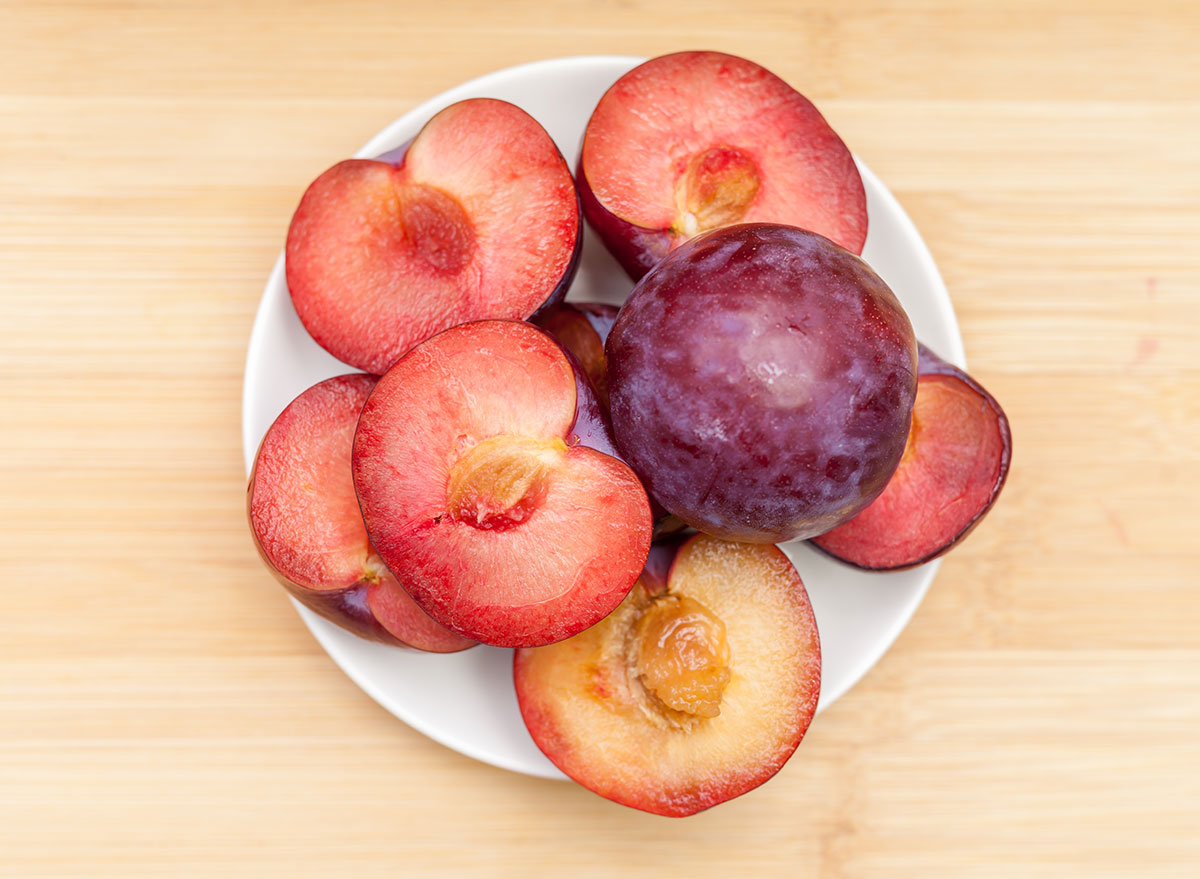
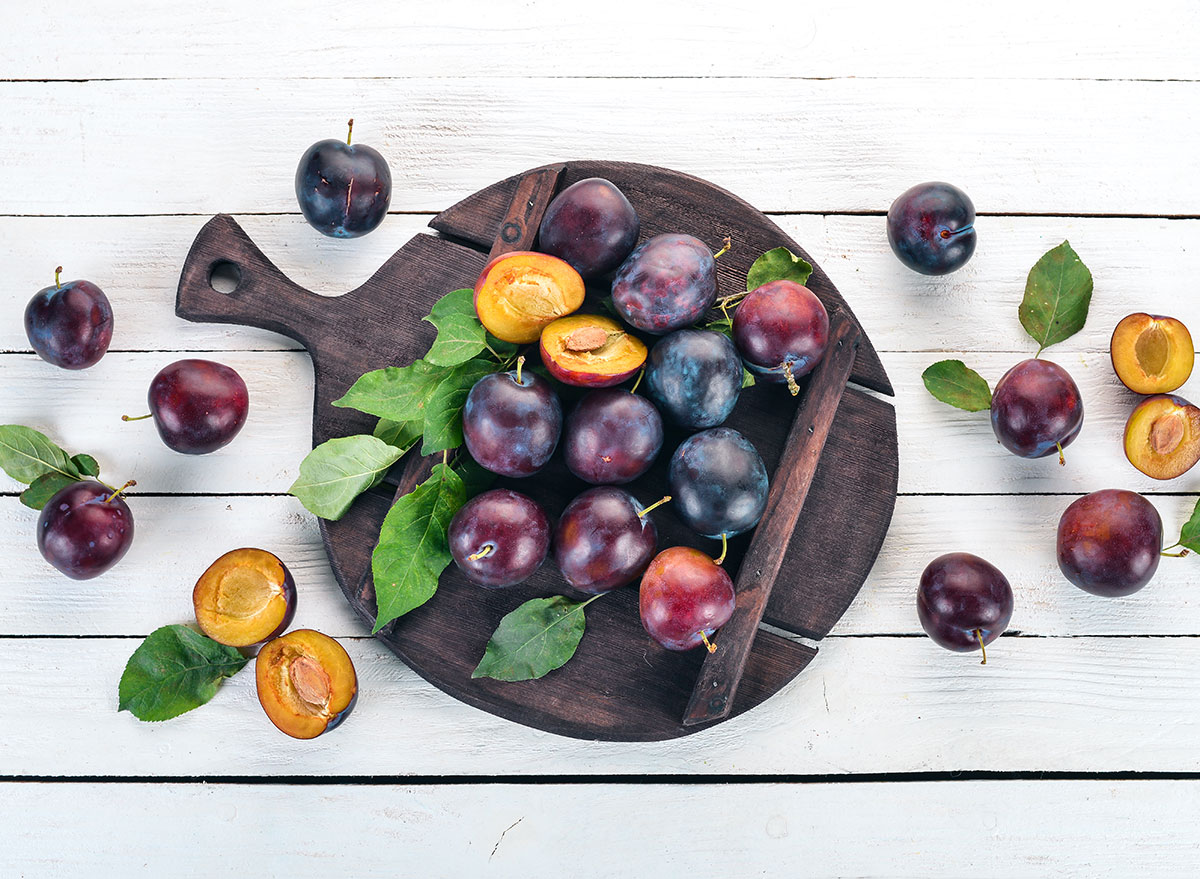
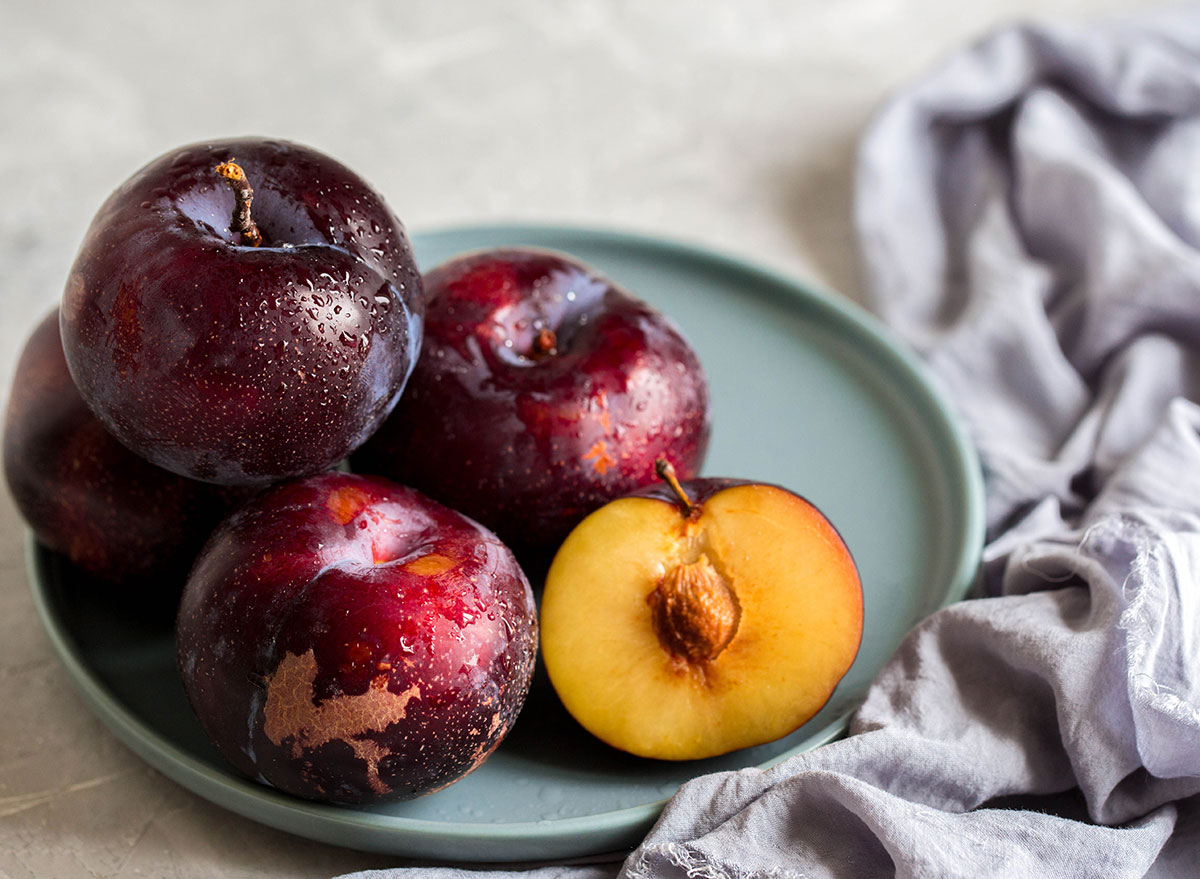
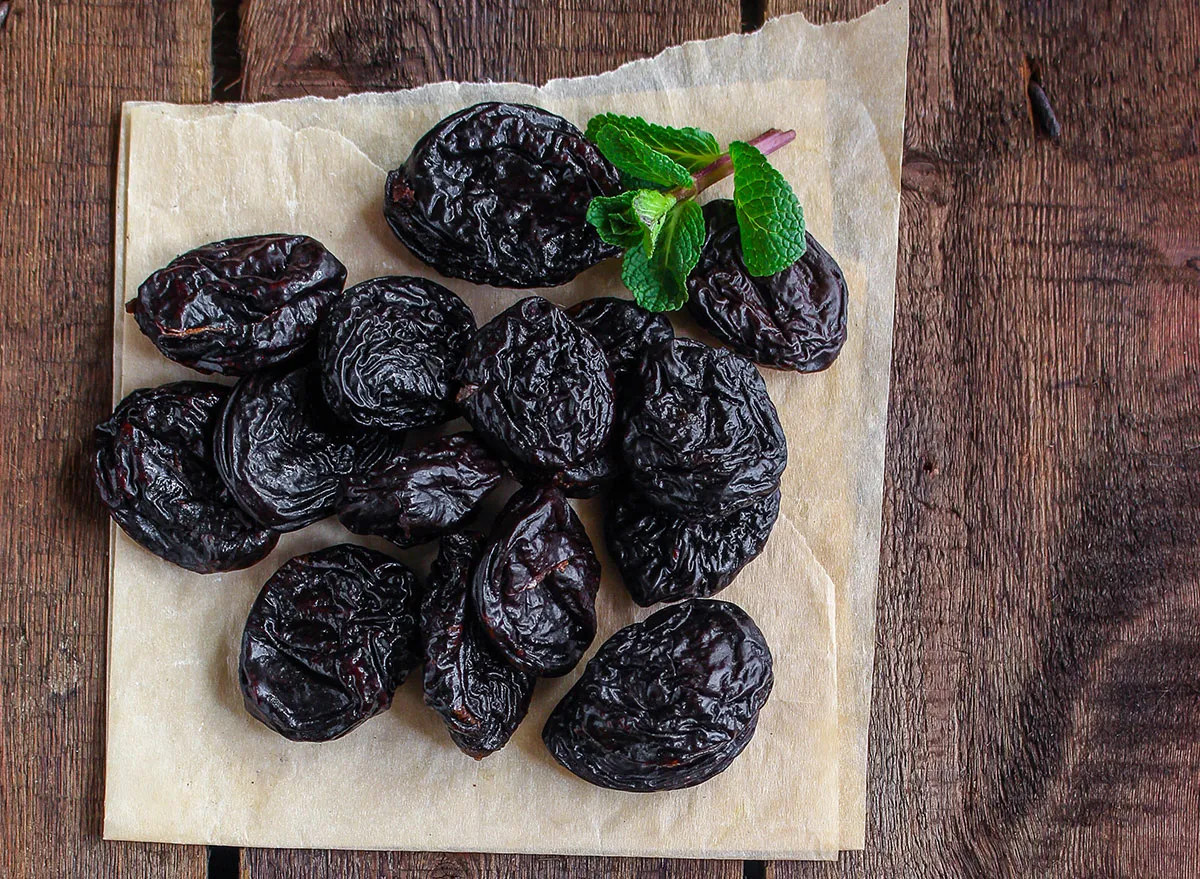
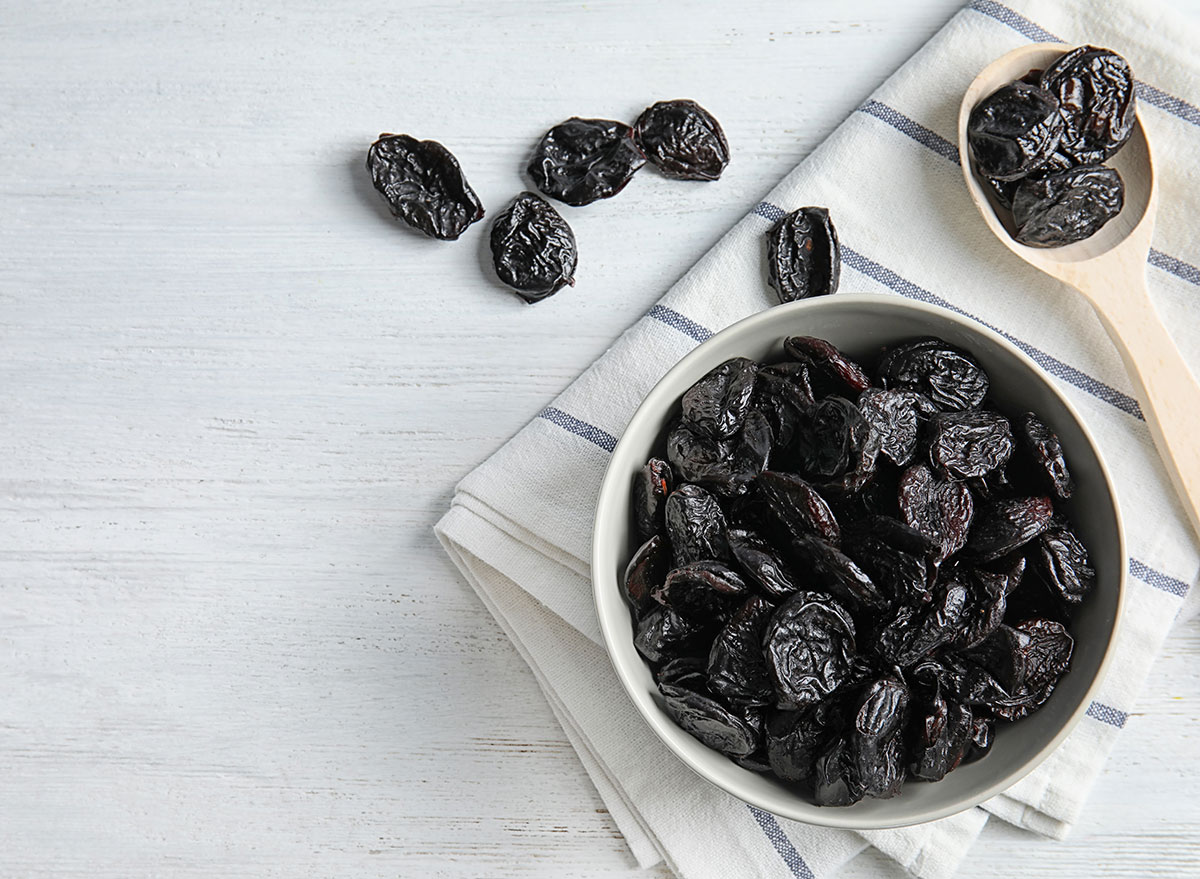
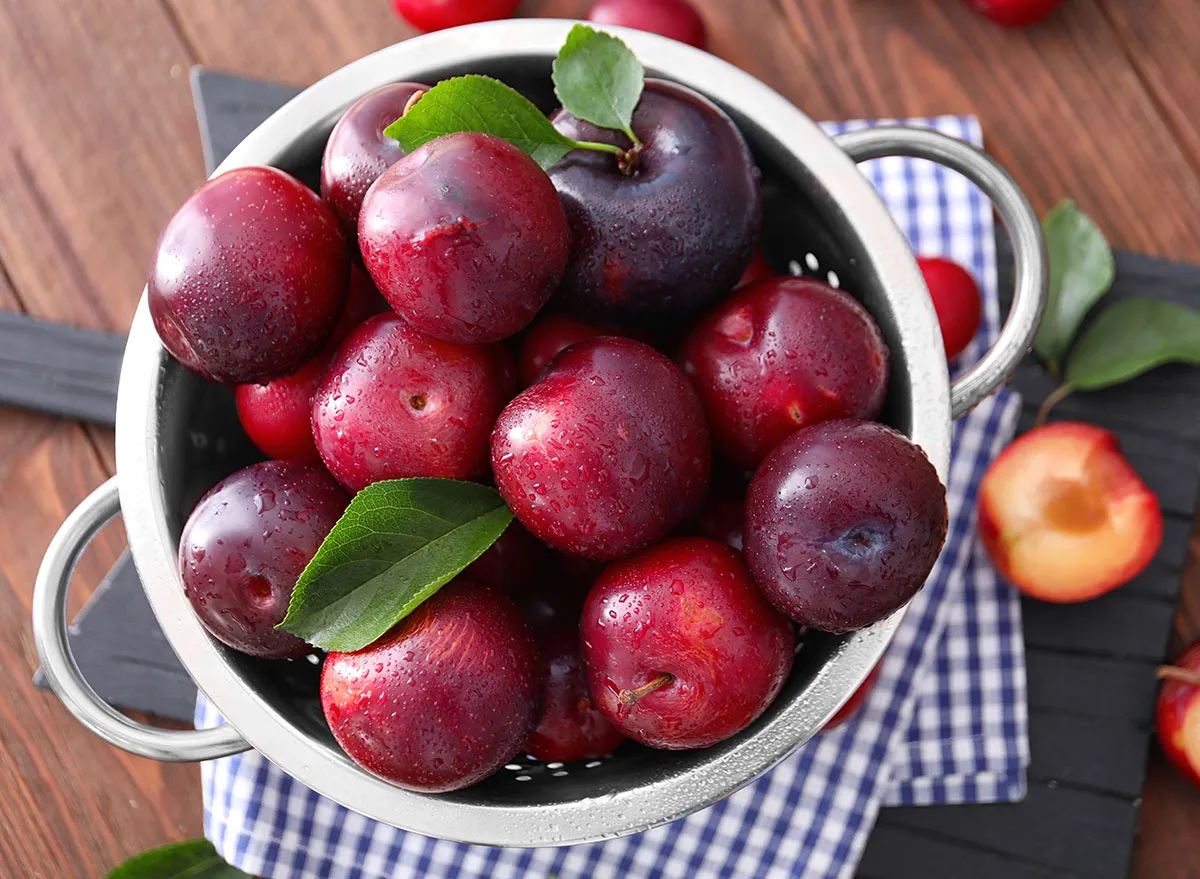




/cloudfront-us-east-2.images.arcpublishing.com/reuters/RVDCCTDOVFKUXMXSJGHYCDCTOQ.jpg)
